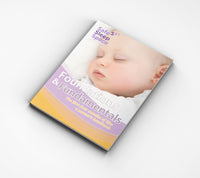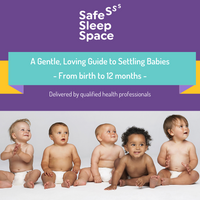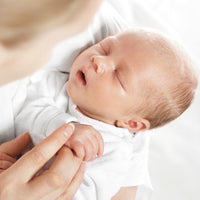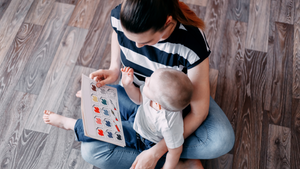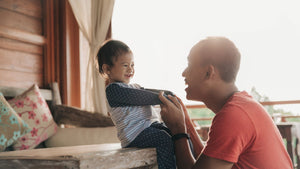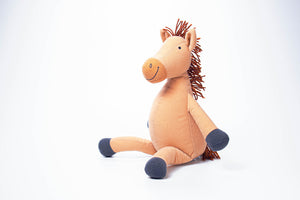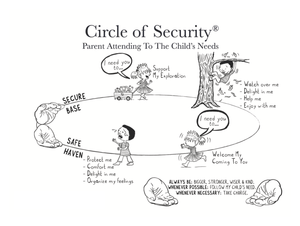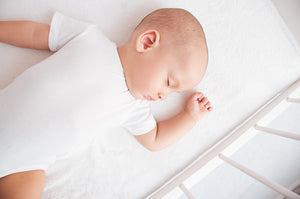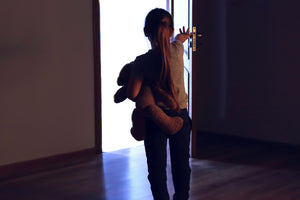Respecting cultural sensitivity and babies’ sleep

As carers and educators in the early childhood space, it’s important to appreciate that every parent, child and family are unique. And at the risk of stating the obvious, every child in your care is precious and deserves to receive the safest, most secure care.
Australia is a multi-cultural country and home to one of the world’s oldest continuous cultures. According to humanrights.gov.au one in four of Australia’s 22 million people were born overseas and 46% have at least one parent who was born overseas. Nearly 20% of Australians speak a language at home other than English.
The chances are high that you and your colleagues are caring for at least one child, probably more, whose background is other than white, Anglo Saxon with European ancestry.
Differences
Cultural diversity and practices impact on all aspect of our lives. What is considered ‘the norm’ for one group of people may be very different for another. As educators and carers, it will be important to incorporate as much cultural sensitivity as possible when planning for the children in your care.
Every family will have their own practices when it comes to their child’s feeding, sleeping, caring, communication and general nurturing. Where possible, it’s important and valuable to incorporate these routines into the time they spend in your care. Flexibility is important, as well as being open to the important role you have to play in providing safe, evidence-based care.
Safe sleep
When it comes to sleep and settling practices, there can be no room for individual interpretation, no matter what a child’s cultural influences. The current guidelines around safe sleeping have been based on the best, most up to date evidence and research. This means that no matter how parents choose to settle their baby, your role is to always follow the policies of your centre around safe sleeping practices. And importantly, to offer parents information which support safe sleeping.
What are the safe sleeping guidelines?
Red nose is the lead organisation in Australia for developing guidelines around reducing the risk of sudden infant death (SUDI). They have developed six guidelines to provide a safe sleeping environment for babies and young children, no matter what their cultural influences.
- Always place baby to sleep on their back.
- Keep baby’s head and face uncovered
- Keep baby smoke free, before and after birth.
- Provide a safe sleeping environment, night and day.
- Sleep baby in a safe cot in parent’s or caregiver’s room for the first 6-12 months.
- Breastfeed baby.[1]
What to expect
You may be asked by parents to dress their baby in a way which reflects their cultural descent. Perhaps a head covering, wrapping or swaddling very tightly, or using blankets which fully enclose the baby are a preference.
Remember- Overheating in a risk factor for sudden infant death in infancy. Babies control their temperature mainly through their face and it’s important their head and face are uncovered. [1]
You could be asked by parents to settle their baby on their tummy, or use pillows or a blanket to position them in their cot. Some babies are used to co-sleeping with their parent/s at home and will protest about being placed into their cot to settle on their own.
Remember- Co-sleeping, also called bed sharing, can increase the risk of SUDI. It’s important not to use soft bedding in a baby’s cot. Pillows, doonas, loose bedding, bumpers or soft toys may cover a baby’s face and obstruct their breathing. Always follow the safe sleeping guidelines when settling every baby for every sleep.
You could also be asked to feed a baby in a particular way, perhaps by ‘propping’ their bottle or giving them food, which could be unsafe.
Remember- Always supervise children when they are eating or drinking and never prop their bottle. At no time should a baby ever be left in a cot or bed with a bottle propped. Maintain your mandatory training and competencies in first aid and response. Advise parents not to send foods which could cause a health or choking risk.
You could have a child in your care who is wearing jewellery, either for decoration or as a safekeeping amulet.
Remember- Necklaces can pose a choking risk, as can small beads and charms. Speak with parents about the need to remove their child’s jewellery, especially for sleep periods.
What you need to do
Your job is to always follow the guidelines which are designed to keep babies and children safe, no matter where they are.
At times, you may find your own cultural beliefs are in contrast with the policies where you work and you feel challenged by them.
Speak with your director if you feel challenged by your personal beliefs and the rules you need to abide by in your workplace.
6 Sensitive ways to respond to parent’s requests
You may find it challenging to plan for the best way of responding to parents when they want you to settle their baby in a way which you don’t consider to be safe. Most parents respond positively when given reasonable and factual information about the best ways to keep their baby safe, especially when sleeping.
- Talk calmy and simply state the facts. Print off some information to support your conversation.
- Role model safe sleeping practices with the parent so they can see how their baby is being settled by you and your colleagues.
- Ask the child’s parent how they’re settling their baby at home. Use this as an opening for ‘opportunistic education’.
- Be consistent with all the babies and young children in your care.
- Always follow your centre’s policies on safe sleeping practices.
- Ask your director to source some posters and leaflets on safe sleeping. Position these so they’re easily seen by your centre’s staff and every parent and caregiver.
About the Author:
Written for Safe Sleep Space by Jane Barry. Jane has qualifications in general, paediatric, immunisation, midwifery and child health nursing. She holds a Bachelor Degree in Applied Science (Nursing) and has almost 35 years specialist experience in child health nursing. She is a member of a number of professionally affiliated organisations including AHPRA, The Australasian Medical Writer’s Association and Australian College of Children and Young People’s Nurses.
References
Face the facts: Cultural Diversity | Australian Human Rights Commission
https://kidsafe.com.au/wp-content/uploads/2020/06/FINAL-FDC-Safety-Guidelines_7thEd.pdf
Safe Sleeping Practices for Newborns | Red Nose Australia
Sleep health and development for babies and toddlers in childcare (earlychildhood.qld.gov.au)
[1] Safe sleep for babies | Pregnancy Birth and Baby (pregnancybirthbaby.org.au)
Red Nose Six Safe Sleep Recommendations | Red Nose Australia
[2] Safe sleep for babies | Pregnancy Birth and Baby (pregnancybirthbaby.org.au)
